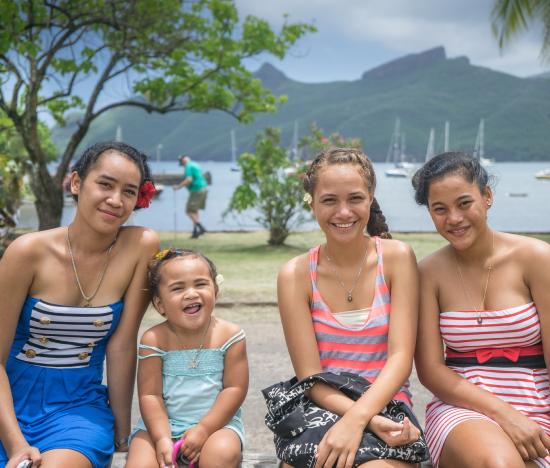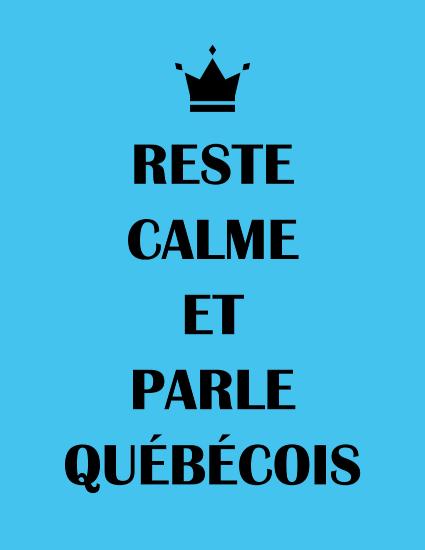5.6: Francophonie - Points culturels
- Page ID
- 118931
In this section, you will learn how to:
- French Polynesia
- French in Québec
- Three cities in France (Toulouse, Toulon & Strasbourg)
On découvre !
La Polynésie française
 "This work" by Julius Silver, Pixabay is in the Public Domain, CC0
"This work" by Julius Silver, Pixabay is in the Public Domain, CC0 "This work" by Michelleraponi, Pixabay is in the Public Domain, CC0
"This work" by Michelleraponi, Pixabay is in the Public Domain, CC0Read about French Polynesia
Can you answer these questions now?
The French Polynesia is made of how many islands? ________
What is the name of the most populous island? ________
What is the capital of this populous island?________
French Polynesia is an overseas collectivity, meaning that it is an administrative division of France. It was colonized by France in 1946. Other French collectivities are Saint-Pierre-et-Miquelon, Saint-Barthelemy, Saint-Martin, Wallis-et-Futuna. Go to Google Maps, and try to locate these French collectivities.
Regardez cette video sur la Polynésie Française.
Le français québécois
 "This work" by William J. Carrasco is licensed under CC BY 4.0
"This work" by William J. Carrasco is licensed under CC BY 4.0
The French spoken in Québec is very different from the French spoken in other coutries. Explore le québécois:
These two girls compare French from France and French from Québéc: Mots français vs. mots québécois.
Lecture culturelle
Reading comprehension. Choose one of the cities below and read the linked article.
- Write down four interesting things you learned about Toulon Toulouse and Strasbourg: en français s'il vous plaît !
- Prepare a 15-word French-English glossary of words you learned in this reading.
On explore !
Activité A
La ville de Chamonix. Watch the video about the town of Chamonix and say whether the statements below are vrai or faux.
- La ville de Chamonix se situe près de la mer.
- A Chamonix, les maisons s'appellent des châlets.
- Il y a 2 banques dans la vidéo sur Chamonix.
- Dans la vidéo on voit un salon de thé.
- Il n'y a pas de centre-ville à Chamonix.
- Il y a une grande cathédrale dans cette ville.
- A Chamonix, on peut manger dans une brasserie.
- On peut prendre le train pour aller à Chamonix.
Activité B
Les arrondissements de Paris. Watch this video about Paris and answer the questions below.
- What does Paris look like? Why?
- How many arrondissements are there in Paris?
- The Louvre is in which arrondissement?
- The Eiffel Tower is in which arrondissement?
- What stereotype is associated with the 8th, 7th, 15th and 16th arrondissements?
- What types of residents live in the 18th, 19th, and 20th arrondissements?
- Chinatown is in which arrondissement?
- What stereotypes are associated with the 11th arrondissement?
- In 1795, how many arrondissements were there in Paris?
- What river separates the north and south of Paris?
On approfondit !
Use the following resources to type accents and/or search for words:
- Accents: ç, à, é, è, â, ê, î, ô, û, ù, ë, ï, ü
- Dictionnaire français-anglais

